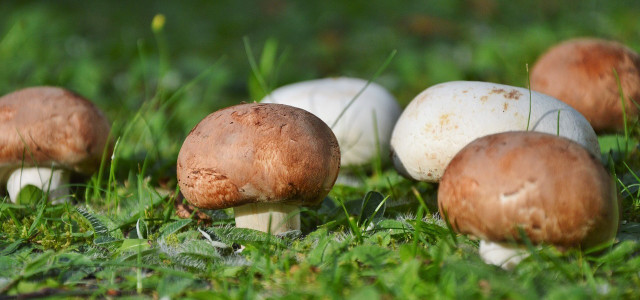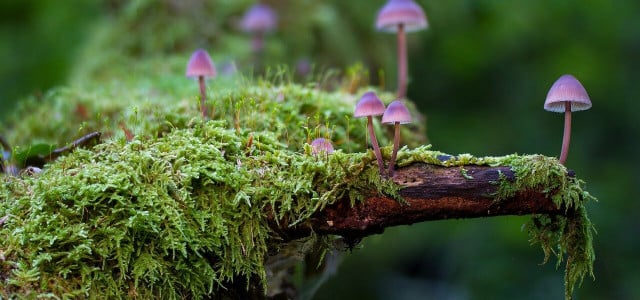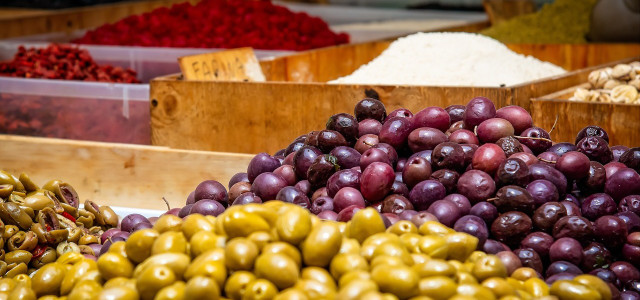Discover the magic of mushroom cultivation with our step-by-step guide on how to grow mushrooms like a pro. We’ll show you which types of mushrooms to choose and the most effective methods to start growing your own mushrooms now.
Why are home-grown mushrooms a good idea? Well, mushrooms are the perfect addition to any healthy diet — they are low in calories but still pack a serious nutritional punch. Mushrooms are rich in vitamins and minerals, and many mushrooms are also a good source of protein.
Why learn how to grow mushrooms at home? Foraging wild mushrooms is fun but can be risky. Without the proper experience and expertise, it’s easy to mistake a poisonous mushroom for an edible one. Buying mushrooms at the supermarket is safe; however, everything at the supermarket is getting expensive these days. Home-grown mushrooms are the perfect solution.
Once you’ve learned how to grow mushrooms, you can harvest them all year long for free, with zero chance of ending your meal with a call to poison control. Plus, growing food at home is a great way to save money and live a more frugal lifestyle.
Mushrooms need very little attention and can be grown in a few different ways. The most important thing to remember is that they need shade and high relative humidity. Too much sunlight or too little moisture will cause the spores to dry out before they have a chance to propagate. Furthermore, some species of mushrooms can grow without any sunlight at all. That means you can even grow mushrooms inside, in your basement — no garden required.
What You Need to Grow Mushrooms
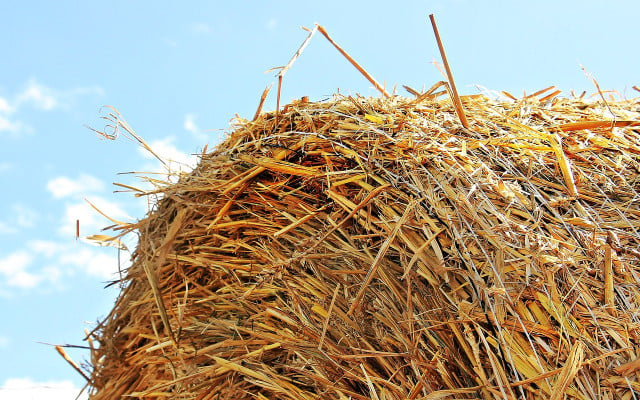


You need two things to start growing your own mushrooms: a liquid mushroom culture and a substrate.
When you’re just starting out as a hobbyist mushroom grower, it is best to buy the liquid culture already prepared and in syringes, like this one for lion’s mane mushrooms or these ones for oyster mushrooms, both available on Amazon**. Developing your own culture is difficult, and it requires special equipment. You can also sometimes find mushroom cultures at your local nursery or garden shop.
The substrate you choose will depend on what kind of mushrooms you want to grow. Read the packaging on your liquid mushroom culture to find out which substrate that specific culture prefers. Some common mushroom substrates include:
- Coffee grounds
- Straw
- Sawdust
- Wood (untreated and without paint)
Be sure that the substrate you choose is as sterile as possible. Growing mushrooms requires a high amount of moisture in the air, and that moisture can cause any microorganisms present to multiply — including unwanted ones. If you’re not sure how sterile your material is, you can purify it with steam.
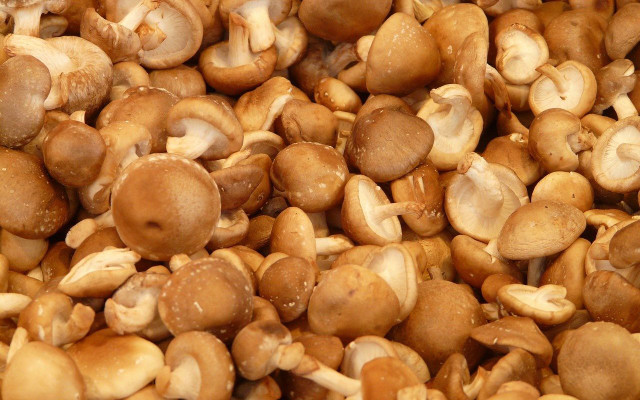


There is an even simpler way to grow mushrooms: It is possible to buy a mushroom-growing set that already includes everything that you’ll need. This two-pack for pink and oyster mushrooms, available on Amazon**, is a great choice — and it’s Climate Pledge Friendly.
The big advantage of buying a set is that the substrate is usually already inoculated with mycelium. Mushroom mycelium is the underground network that fungus forms in order to gather nutrients, similar to the roots of a plant (substrate inoculated with mycelium is also called mushroom spawn). Since the substrate comes with the nutrient delivery system already formed, the fruiting body (the part that we eat) starts to grow very quickly.
The following are some examples of substrate preferences for common mushrooms to help you decide how to grow your own mushrooms:
- Champignons prefer a very specific mixture of substrate material. If you want to grow champignons, it is best to buy a ready-made set with the inoculated substrate included.
- Oyster mushrooms are less picky. They can be grown in straw or in any kind of wood from deciduous trees.
- Shiitake mushrooms prefer harder woods like beech or oak and, unlike other types, can grow in air with relative humidity as low as 60 percent.
- Trumpet mushrooms grow only in straw or very nutrient-rich substrates.
How to Grow Mushrooms: Step-by-Step Method
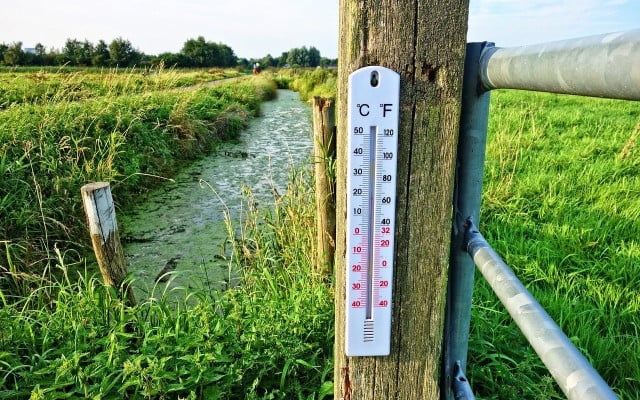


Once you have your mushroom culture and your substrate, you’re ready to go. Growing mushrooms is possible indoors and outdoors. If you live in a place with cold winters, the advantage of growing mushrooms inside is that you can grow them year-round. But with the right choice of species and substrate, growing them outdoors may still be possible even in cold weather conditions.
Here’s how to grow mushrooms:
- Before using the syringe to inject the mushroom culture, water the substrate well and allow any excess water to drip off. The substrate should be moist but not soaking wet.
- Choose a high-humidity environment: Ideally, the air should have 80-95% relative humidity. Cellars, bathrooms and kitchens are likely best suited. If you do not have a room with high humidity or you are growing mushrooms outside, you can support the growth of your mushrooms with a mushroom cultivation bag or propagator.
- Pay attention to temperature: mushrooms like a warm and humid climate. Check the packaging of your mushroom culture to find what temperature window your chosen species likes best.
- Inject or mix the mushroom culture into your substrate and store the substrate in a container. The layer should be at least two inches thick.
- Now, it’s time to wait. Keeping the substrate moist is vital — check every day to make sure it is not too dry, and add water as needed using a spray bottle.
- If you are working with a substrate that has not already been inoculated, it will take several weeks for the mycelium to develop. Only after the mycelium is fully formed will the mushrooms begin to appear.
- When the mushrooms have reached their proper size, harvest them with a sharp, clean knife.
- Usually, it is possible to get about three or four mushroom harvests, with a few days between each harvest.
What to Do With Home-grown Mushrooms
Once you’ve harvested your mushrooms, you need to know how to clean, eat and preserve them as well as possible — no point in all your hard work turning into food waste. Here are our guides for getting the most out of your home-grown fungi:
- How to Clean Mushrooms to Get Rid of Pesticides (incl. tips for cleaning wild and harvested varieties)
- Can You Eat Mushrooms Raw? Here’s What You Should Know
- How to Dry Mushrooms in the Oven, Dehydrator, or Naturally
- 10 Magical Ways to Cook and Eat Mushroom Stems
- Want to Ferment Mushrooms? It Can be Done, Here’s How!
- How to Freeze Mushrooms: The Do’s and Dont’s
- The Ultimate How-to Guide For Storing Mushrooms
You can also check out some of Utopia’s popular recipes showcasing mushrooms:
- Easy Vegan Pâté with Mushrooms and Sunflower Seeds
- Delicious Vegan Rendang Recipe With Mushrooms
- The Ultimate Vegan Stuffed Mushrooms Recipe
- 3 Mushroom Desserts: Try These Decadent and Earthy Treats
- Vegan Mushroom Risotto Recipe: Easy & Creamy Recipe
- Easy Vegan Mushroom Jerky Recipe
- This is the Best Homemade Mushroom Soup
Do you like this post?






